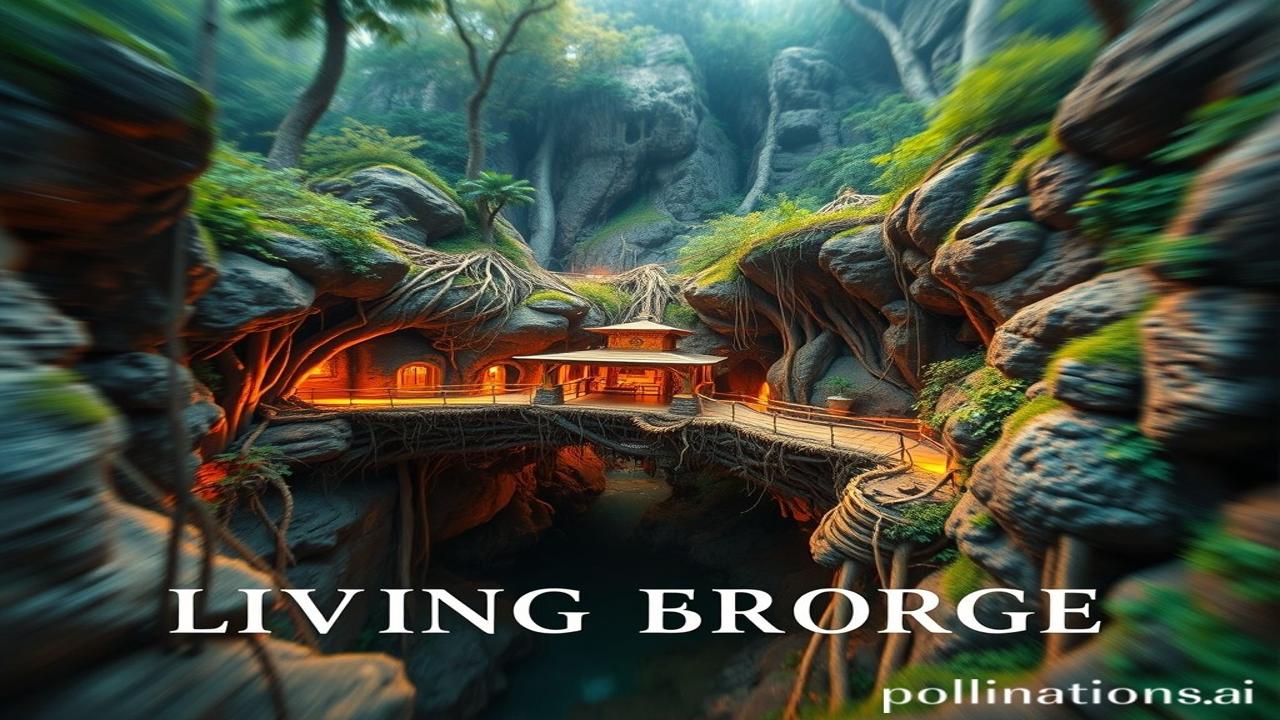Bharat Ki Godh Mein: Unveiling India’s Unique Biospheres and Their Biodiversity
Kabhi kabhi, jab main aankhein band karta hoon, mujhe ek aawaz sunai deti hai – ek sarsaraahat, ek chehchahaahat, ek gunjan… yeh Bharat ki vanon aur jungles ki aawaz hai, unke anmol biosphere ki aawaz. Yeh aawaz humare itihas ki dhool mein dabi hui hai, ek legacy jo humari dharti aur humari sanskriti ke liye bahot hi zaroori hai. Let’s embark on a journey to discover India’s unique biospheres and their incredible biodiversity!
What is a Biosphere Reserve, Yaar?
Basically, a biosphere reserve is like a specially protected area. Imagine it as a giant nature park, but way more important. These aren’t just any parks; they’re recognized internationally by UNESCO (United Nations Educational, Scientific and Cultural Organization). The main goal is to balance conservation of nature with sustainable use of resources, allowing local communities to thrive while preserving biodiversity.
Think of it as a three-layered cake:
- The Core Zone: This is the most protected area, like the heart of the biosphere. No or minimal human activity is allowed here. Pure nature!
- The Buffer Zone: Surrounding the core zone, this area allows activities that are compatible with conservation, such as research, education, and eco-tourism.
- The Transition Zone: This is the outer area, where communities live and work. Sustainable agriculture, settlements, and other activities are permitted, as long as they are eco-friendly.
Historical Context: When Did This “Biosphere” Idea Take Root?
The concept of Biosphere Reserves really took off in the 1970s with UNESCO’s “Man and the Biosphere Programme” (MAB). India joined the party pretty early on, establishing its first biosphere reserve, the Nilgiri Biosphere Reserve, in 1986. This wasn’t just about protecting tigers or elephants; it was a holistic approach to conservation, understanding that humans and nature are intertwined.
Why is this important in our history and culture? Well, Bharat ki sanskriti always held nature sacred. Think of our ancient rishis living in harmony with the forest, drawing wisdom from its depths. The biosphere reserve concept is basically a modern, scientific way of continuing that age-old tradition.
ज़मीनी सच: Life Inside a Biosphere
Imagine living in the Nilgiri Biosphere Reserve. Your great-grandparents were probably tribal hunters and gatherers, deeply connected to the forest. Now, you’re part of a community that practices sustainable agriculture, growing organic coffee and spices.
“Arre, kal subah mandir jaana hai,” says an elderly woman, Rukmini, to her grandson, Rajan. “The forest is our mother; we must protect her.”
Rajan, a young man studying environmental science, knows that the biosphere reserve isn’t just some government program. It’s his livelihood, his heritage, his future. He’s learning how to balance tradition with modern knowledge, ensuring that the forest continues to thrive for generations to come.
Imagine the air thick with the scent of cardamom and the sounds of birds echoing through the valleys. This is the lived reality for millions in India’s biosphere reserves.
धरोहर और पहचान: How Biospheres Reflect Bharatiyata
Aaj, India boasts 18 Biosphere Reserves, each a jewel in our nation’s crown. From the snowy peaks of Nanda Devi to the lush mangroves of the Sunderbans, these reserves represent India’s incredible biodiversity. They are a testament to our commitment to preserving प्रकृति and upholding the values of coexistence.
These biospheres are more than just protected areas; they’re living laboratories where we’re figuring out how to live sustainably in the face of climate change. They are a symbol of Bharatiyata – our deep connection to nature, our respect for tradition, and our commitment to the future.
Do you see its presence in our rituals? Think of the sacred groves protected by local communities for centuries. In our art? From miniature paintings depicting lush forests to folk songs celebrating the bounty of nature. In our values? The respect for elders and the reverence for all living beings.
मजेदार तथ्य या भ्रम-भंजक: Myths Debunked!
Log samajhte hain ki biosphere reserves sirf janwaron ko bachane ke liye hain, lekin asli sach yeh hai ki they are about saving entire ecosystems, including the people who depend on them. It’s a holistic approach!
Fun Fact: Did you know that the Panna Biosphere Reserve in Madhya Pradesh is a critical tiger habitat? It’s a prime example of successful tiger conservation efforts in India.
दृश्य और भावनाएं: Sensing the Biosphere
Close your eyes and imagine the scent of damp earth after a monsoon shower in the Agasthyamalai Biosphere Reserve. Feel the cool breeze on your skin as you walk through the rhododendron forests of the Khangchendzonga Biosphere Reserve. Hear the roar of the Brahmaputra River as it flows through the Dibru-Saikhowa Biosphere Reserve.
These are not just places; they are experiences. They are reminders of the beauty and fragility of our planet.
अंतिम विचार या उद्धरण: A Legacy of Harmony
“प्रकृति रक्षति रक्षिता” – Nature protects those who protect it. This ancient Sanskrit saying encapsulates the essence of biosphere reserves. They are not just about conserving biodiversity; they are about preserving our cultural heritage, promoting sustainable livelihoods, and building a future where humans and nature can thrive together. Let’s cherish and protect these invaluable treasures for generations to come.
